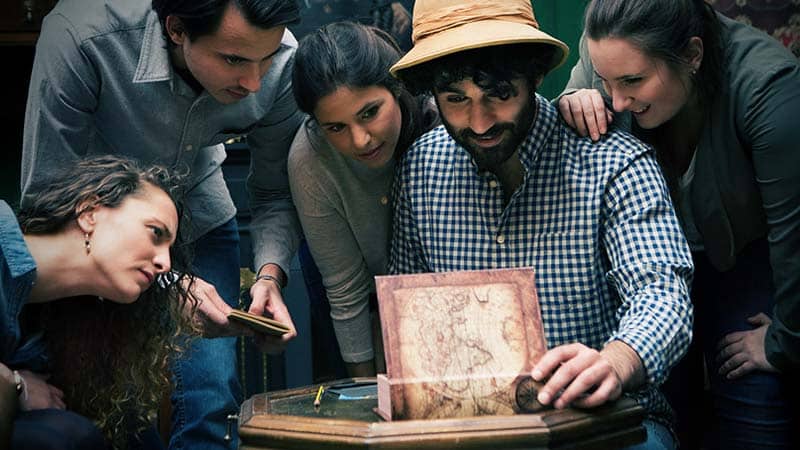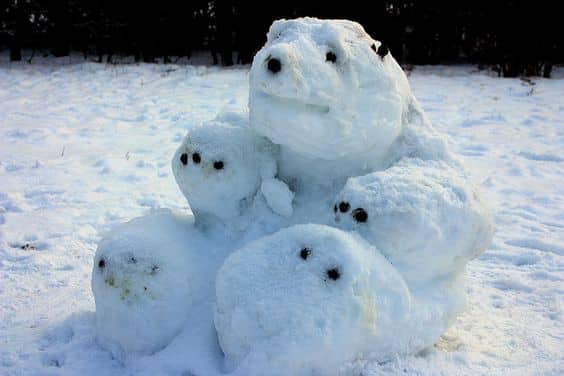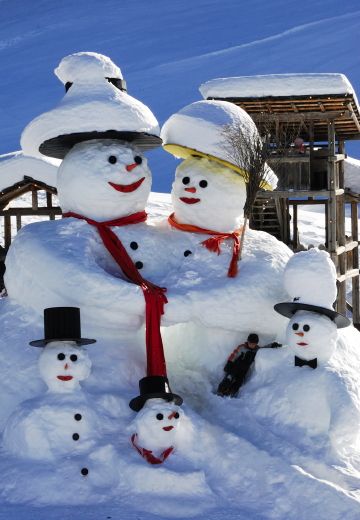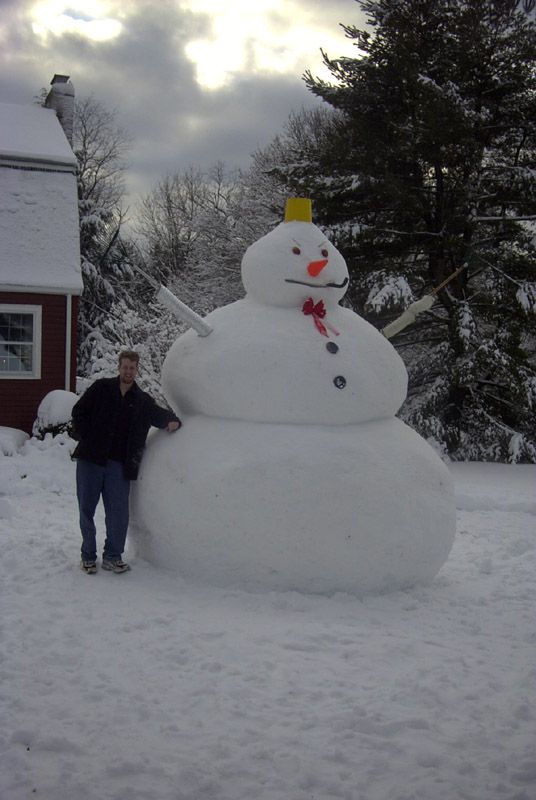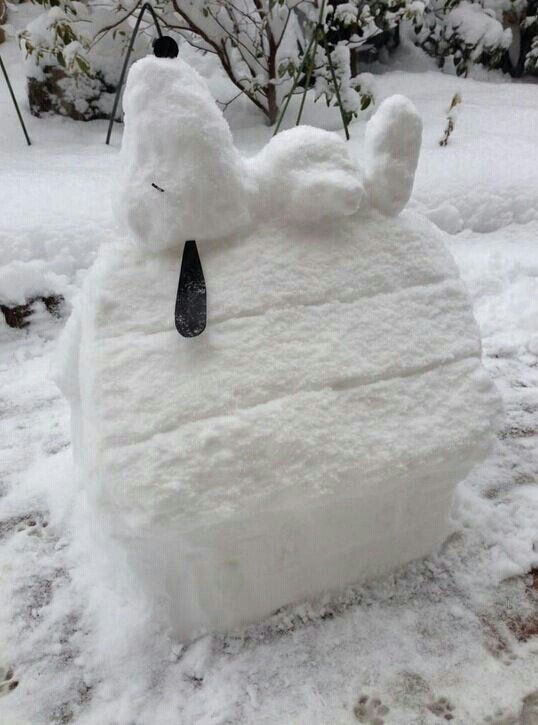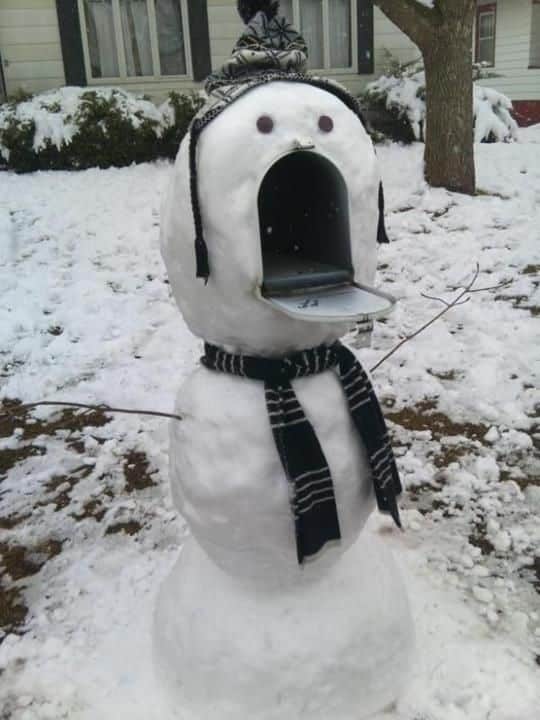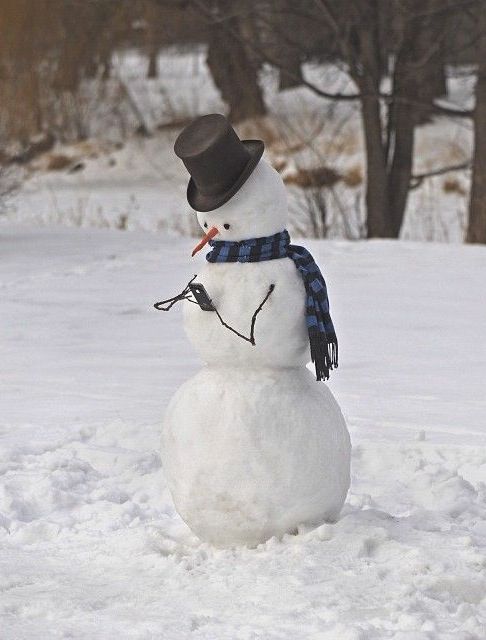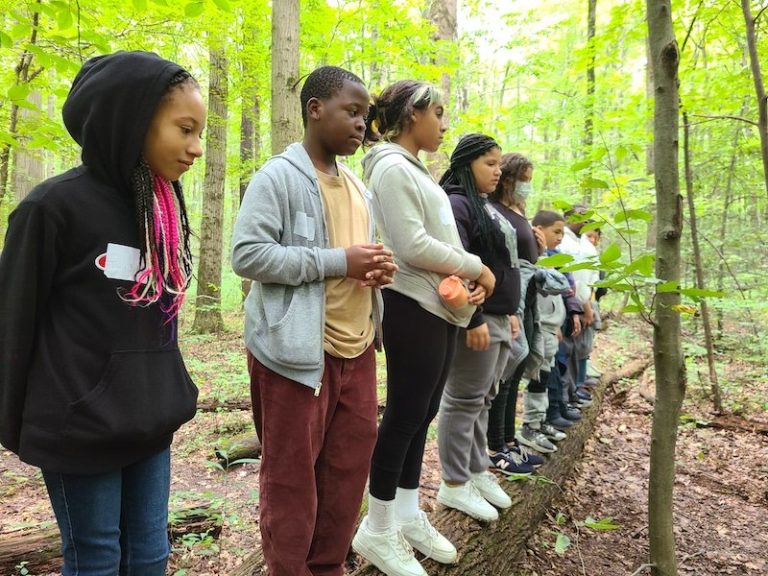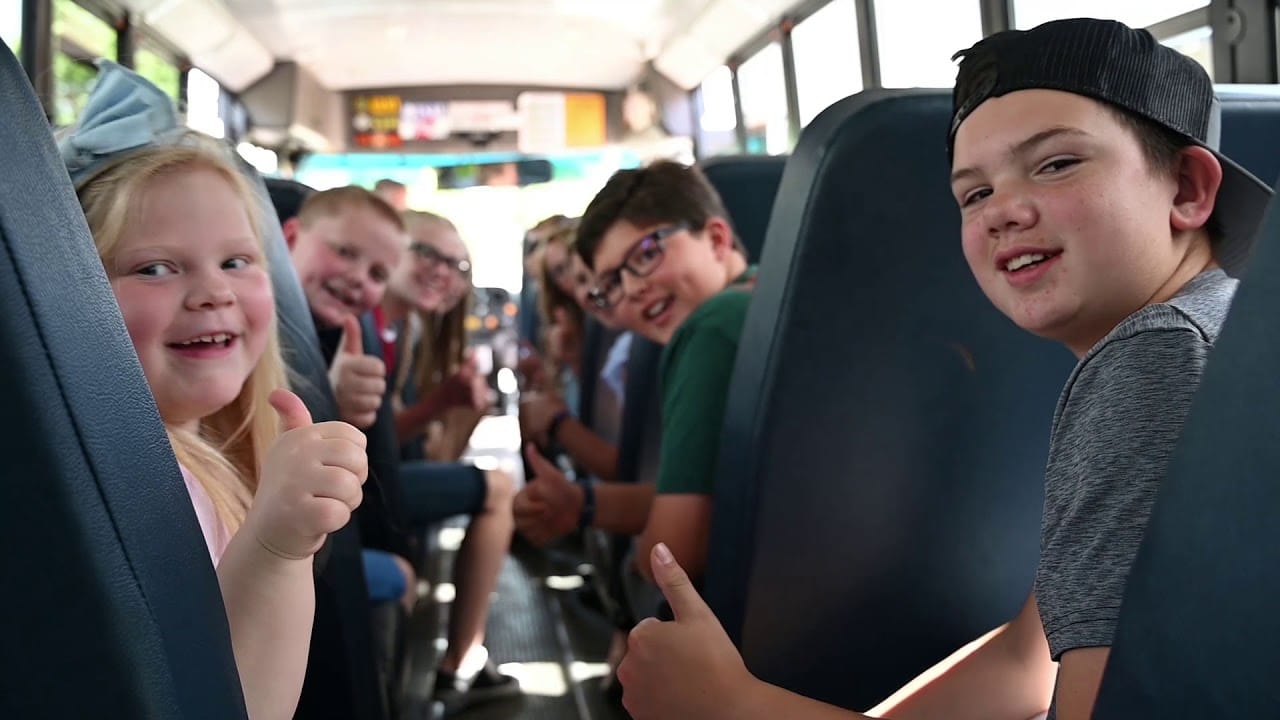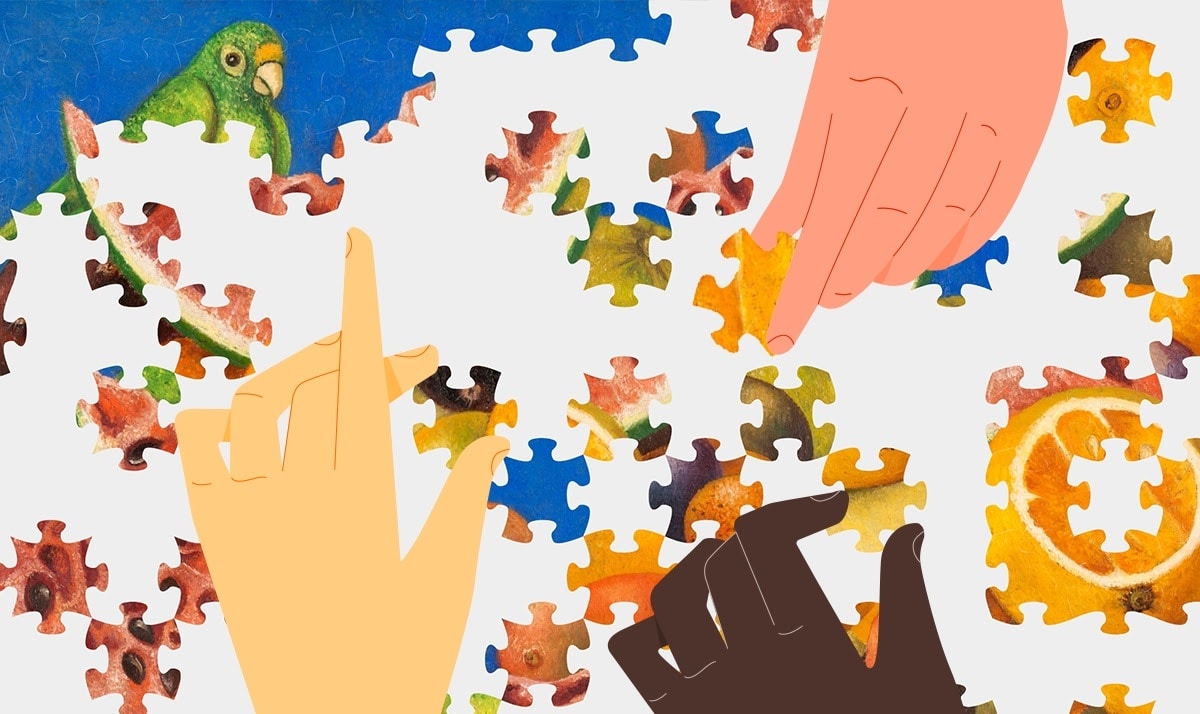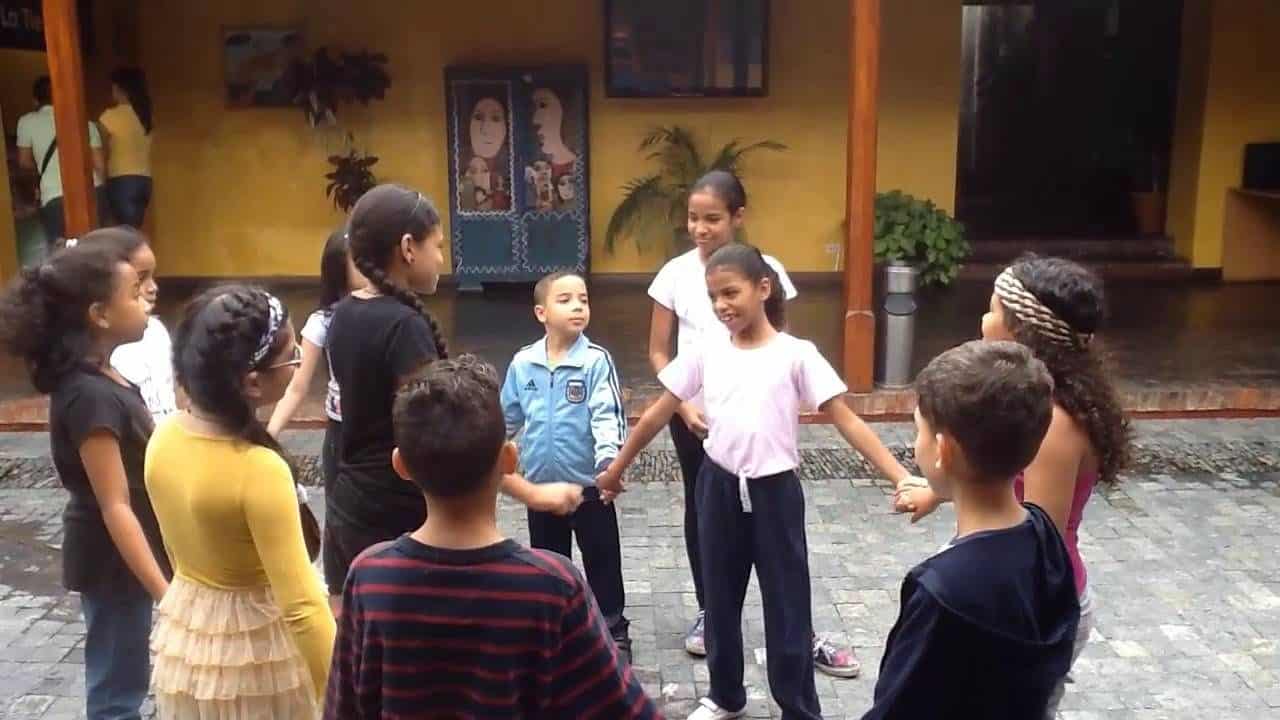Knock-knock jokes are such a classic and playful form of humor! 😊
They’ve been tickling funny bones for ages, and there’s just something irresistibly fun about the familiar setup and punchline.
The exact origins of knock-knock jokes are a bit hazy, but they became popular in the U.S. around the mid-20th century.
Some suggest they might have evolved from the “Do you know” jokes that were around in the 1920s.
Regardless of their origin, these jokes have stood the test of time and continue to bring laughter to people of all ages.
So, get ready to share some smiles with our collection of 125 knock-knock jokes for kids!”
Knock, knock! Who’s ready? You are! Let’s go!
Key Takeaways
- The collection provides a diverse range of knock-knock jokes suitable for kids, ensuring there’s a joke for every child’s taste.
- Jokes are categorized into themes like animals, food, occupations, and holidays, making it easy to find the perfect joke for any situation.
- Including classic and contemporary jokes, the list offers timeless laughter as well as modern twists on the traditional knock-knock format.
- These jokes serve as a fun way to engage kids in wordplay and humor, fostering a love for language and creativity.
- Designed for clean family fun, the jokes are appropriate for all ages, allowing everyone to join in on the laughter.
Classic Knock Knock Jokes
The beauty of knock-knock jokes lies in their simplicity and universal appeal. These timeless favorites are the perfect way to introduce the art of the pun to young minds. They’re not just jokes; they’re miniature stories with a punchline that delivers a dose of laughter.
- Knock, knock. Who’s there? Lettuce. Lettuce who? Lettuce in; it’s cold out here!
- Knock knock. Who’s there? Olive. Olive who? Olive, you and I miss you!
- Knock, knock. Who’s there? Boo. Boo who? Don’t cry, it’s just a joke!
- Knock, knock. Who’s there? Atch. Atch who? Bless you!
- Knock, knock. Who’s there? Cow says. Cow says who? No silly, cow says moo!
- Knock, knock. Who’s there? Harry. Harry who? Harry up, it’s cold out here!
- Knock, knock. Who’s there? Alpaca. Alpaca who? Alpaca the suitcase; you load up the car!
- Knock, knock. Who’s there? Lettuce. Lettuce who? Lettuce in; it’s time for some more jokes!
- Knock, knock. Who’s there? Justin. Justin who? Justin time for dinner!
- Knock, knock. Who’s there? Banana. Banana who? Knock, knock. Who’s there? Orange. Orange who? Orange you glad I didn’t say banana again?
- Knock, knock. Who’s there? Cow. Cow who? Cow-moo-flage!
- Knock, knock. Who’s there? Lettuce. Lettuce who? Lettuce in; it’s freezing out here!
- Knock, knock. Who’s there? Banana. Banana who? Knock, knock. Who’s there? Banana. Banana who? Knock, knock. Who’s there? Orange. Orange who? Orange you glad I didn’t say banana again?
- Knock, knock. Who’s there? Justin. Justin who? Justin time for dinner!
- Knock, knock. Who’s there? Olive. Olive who? Olive you and I miss you!
Animal-Themed Knock Knock Jokes
Get ready to swing through the vines of laughter with some monkey jokes for kids that are sure to tickle your little one’s funny bones.
Monkeys are not only playful creatures but also a source of endless amusement when it comes to knock knock jokes.
Why did the monkey like the banana? Because it had appeal!
Here’s a quick list of monkey-themed knock knock jokes to share:
- Knock knock. Who’s there? Banana. Banana who? Banana split so I picked you!
- Knock knock. Who’s there? Ape. Ape who? Ape-ril fools! I’m not a monkey!
- Knock, knock. Who’s there? Java. Java who? Java seen a creature as funny as me?
- Knock, knock. Who’s there? Chimpanzee. Chimpanzee who? Chimpanzee glad we’re friends!
- Knock, knock. Who’s there? Gorilla. Gorilla who? Gorilla me a hamburger, please!
- Knock, knock. Who’s there? Orangutan. Orangutan who? Orangutan you glad we’re telling jokes?
- Knock, knock. Who’s there? Baboon. Baboon who? Baboon to be wild!
- Knock, knock. Who’s there? Koala. Koala who? Koala-ty time for some monkeying around!
- Knock, knock. Who’s there? Hippo. Hippo who? Hippo birthday to you!
- Knock, knock. Who’s there? Penguin. Penguin who? Penguin on telling more jokes!
- Knock, knock. Who’s there? Tiger. Tiger who? Tiger not, I’m just here for the jokes!
- Knock, knock. Who’s there? Kangaroo. Kangaroo who? Kangaroo-t to the store, do you need anything?
- Knock, knock. Who’s there? Dolphin. Dolphin who? Dolphinately time for another joke!
-
Foodie Fun
Here’s a taste of the fun:
- Knock, knock. Who’s there? Banana. Banana who? Banana split so I picked up the ice cream!
- Knock, knock. Who’s there? Orange. Orange who? Orange you glad I didn’t say banana?
- Knock knock. Who’s there? Lettuce. Lettuce who? Lettuce in, it’s too cold out here!
- Knock knock. Who’s there? Olive. Olive who? Olive the other snacks were eaten, so I’m your only choice!
- Knock, knock. Who’s there? Tomato. Tomato who? Tomato-rrrow we’ll have a picnic!
- Knock, knock. Who’s there? Peanut. Peanut who? Peanut butter and jelly time!
- Knock, knock. Who’s there? Pancake. Pancake who? Pancake a look, it’s breakfast time!
- Knock, knock. Who’s there? Pizza. Pizza who? Pizza the action, please!
- Knock, knock. Who’s there? Cookie. Cookie who? Cookie better hurry; these jokes are getting delicious!
- Knock, knock. Who’s there? Donut. Donut who? Donut worry, be happy!
- Knock, knock. Who’s there? Popcorn. Popcorn who? Popcorn is ready; let’s watch a movie!
- Knock, knock. Who’s there? Bacon. Bacon who? Bacon a cake, and let’s celebrate!
Spooky Knock Knock Jokes
While vampires and werewolves may be the stars of the night, let’s not forget about the chilly humor that snowman jokes for kids can bring to the table. These jokes are perfect for a post-Halloween giggle fest or a wintery day full of fun.
- Knock knock. Who’s there? Ice cream. Ice cream who? Ice cream every time I see a ghost!
- Knock knock! Who’s there? Witch. Witch who? Witch one of you will give me some candy?
- Knock knock! Who’s there? Boo. Boo who? Don’t cry, it’s just a joke!
- Knock, knock. Who’s there? Mummy. Mummy who? Mummy says you need to have a spook-tacular day!
- Knock, knock. Who’s there? Zombie. Zombie who? Zombie glad it’s Halloween!
- Knock, knock. Who’s there? Skeleton. Skeleton who? Skeleton key opens the door to a great Halloween!
- Knock, knock. Who’s there? Ghost. Ghost who? Ghost in the machine, here to haunt your funny bone!
- Knock, knock. Who’s there? Frankenstein. Frankenstein who? Frankenstein you for the treats!
- Knock, knock. Who’s there? Vampire. Vampire who? Vampire state of mind – it’s Halloween!
- Knock, knock. Who’s there? Bat. Bat who? Bat-ter up for some Halloween fun!
- Knock, knock. Who’s there? Werewolf. Werewolf who? Werewolf you hear another spooky joke?
Occupation Knock Knock Jokes
- Knock knock. Who’s there? Howard. Howard who? Howard I know if I’ll be a scientist if you don’t let me in!
- Knock knock. Who’s there? Owen. Owen who? Owen the other hand, maybe we should just get back to work!
- Knock knock. Who’s there? Howard. Howard who? Howard I know if you don’t open the door?
- Knock, knock. Who’s there? Carpenter. Carpenter who? Carpenter to fix your doorbell!
- Knock, knock. Who’s there? Chef. Chef who? Chef the soup’s ready!
- Knock, knock. Who’s there? Doctor. Doctor who? No, not the time-traveling Time Lord, just your friendly neighborhood physician!
- Knock, knock. Who’s there? Pilot. Pilot who? Pilot your way to a great day!
- Knock, knock. Who’s there? Detective. Detective who? Detective any more knock-knock jokes around here?
- Knock, knock. Who’s there? Librarian. Librarian who? Librarian tell you a story if you open the door!
- Knock, knock. Who’s there? Accountant. Accountant who? Accountant wait to crunch the numbers!
- Knock, knock. Who’s there? Electrician. Electrician who? Electrician expecting you to let me in!
- Knock, knock. Who’s there? Baker. Baker who? Baker dozen of donuts, please!
- Knock, knock. Who’s there? Gardener. Gardener who? Gardener come to plant some jokes in your day!
Holiday Cheer
- Knock knock! Who’s there? Mary. Mary who? Mary Christmas to you!
- Knock knock! Who’s there? Holly. Holly who? Holly-days are here, time to cheer!
- Knock knock. Who’s there? Witch. Witch who? Witch one of you will give me some candy?
- Knock knock. Who’s there? Boo. Boo who? Don’t cry, it’s just a joke!
- Knock knock. Who’s there? Frank. Frank who? Frankenstein you for opening the door!
- Knock knock! Who’s there? Rudolph. Rudolph who? Rudolph the red-nosed reindeer, leading the way to Christmas fun!
- Knock knock! Who’s there? Santa. Santa who? Santa Claus is coming to town, and he’s bringing lots of gifts!
- Knock knock! Who’s there? Jingle. Jingle who? Jingle all the way to a joyful holiday season!
- Knock knock! Who’s there? Frosty. Frosty who? Frosty the Snowman, here to spread some winter cheer!
- Knock knock! Who’s there? Gingerbread. Gingerbread who? Gingerbread man, ready for some holiday baking!
Educational Knock Knock Jokes
- Knock knock. Who’s there? Atch. Atch who? Bless you!
- Knock knock. Who’s there? Canoe. Canoe who? Canoe help me with my homework?
- Knock knock. Who’s there? Lettuce. Lettuce who? Lettuce in, it’s cold out here!
- Knock knock. Who’s there? Algebra. Algebra who? Algebra bunch of trouble if I don’t study for my math test!
- Knock knock. Who’s there? Periodic. Periodic who? Periodic table, can you help me remember the elements?
- Knock knock. Who’s there? History. History who? History lesson, can you remind me of important dates?
- Knock knock. Who’s there? Geography. Geography who? Geography book, can you show me where countries are?
- Knock knock. Who’s there? Chemistry. Chemistry who? Chemistry experiment, I’m mixing up some fun!
Name Game
Everyone loves a joke that feels made just for them, and with personalized puns, you can deliver that special chuckle.
Whether it’s a play on a name or a twist on a common phrase, these puns are sure to bring out the smiles in any setting.
- Knock knock! Who’s there? Howard. Howard who?
- Howard you like to be knocking for a change? Knock knock! Who’s there? Anita.
- Anita who? Anita borrow a pencil, do you have one I could use?
- Knock! Knock! Who’s there? Alberts. Alberts who? Do Alberts fly south for the winter?
- Knock! Knock! Who’s there? Chickens. Chickens who? No, no! Chickens cluck, owls hoo.
- Knock! Knock! Who’s there? Van Gogh. Van Gogh who? Van Gogh down the road very fast.
- Knock knock! Who’s there? Oscar. Oscar who? Oscar little questions and I’ll answer them all!
- Knock knock! Who’s there? Luke. Luke who? Luke through the peephole and find out!
- Knock knock! Who’s there? Wendy. Wendy who? Wendy wind blows, the cradle will rock!
- Knock knock! Who’s there? Harry. Harry who? Harry up and answer the door; it’s getting chilly out here!
- Knock knock! Who’s there? Sarah. Sarah who? Sarah doctor in the house? I’m not feeling well!
Out of This World
- Knock knock. Who’s there? Alien. Alien who? Just how many aliens do you know to be so picky?
- Knock knock. Who’s there? Houston. Houston who? Houston, we have a problem… I forgot the punchline!
- Knock knock! Who’s there? Alien. Alien who? Just how many aliens do you know? Open the door!
- Knock knock. Who’s there? Robin. Robin who? Robin you, so hand over the pizza!
This joke might just be the perfect segue into our pizza jokes for kids. After all, even superheroes need a slice of fun!
- Knock knock. Who’s there? Howard. Howard who? Howard you like to be rescued by a superhero?
- Knock knock. Who’s there? Justin. Justin who? Justin time to save the day!
- Knock knock. Who’s there? Comet. Comet who? Comet over here and tell me another space joke!
- Knock knock. Who’s there? Saturn. Saturn who? Saturn way, I’m orbiting around for more jokes!
- Knock knock. Who’s there? Astronaut. Astronaut who? Astronaut my way to share some intergalactic humor!
- Knock knock. Who’s there? Star. Star who? Star-telling me another space joke, please!
- Knock knock. Who’s there? Galaxy. Galaxy who? Galaxy of laughter when you open the door!
Musical Melodies
- Knock knock. Who’s there? Viola. Viola who? Viola the other jokes, this one will have you stringing along with laughter!
- Knock knock. Who’s there? Harp. Harp who? Harp to it and let me in for more giggles!
- Knock knock! Who’s there? Britney Spears. Britney Spears who?
- Knock knock! Who’s there? Oops!… I did it again, I played with your heart, got lost in the game!
- Knock knock. Who’s there? Piano. Piano who? Piano a tune and let’s make some music with jokes!
- Knock knock. Who’s there? Rhythm. Rhythm who? Rhythm and blues, let’s groove to some laughter!
- Knock knock. Who’s there? Jazz. Jazz who? Jazz me up with another joke, please!
- Knock knock. Who’s there? Opera. Opera who? Opera-tunity to share more musical humor!
- Knock knock. Who’s there? Drum. Drum who? Drumroll, please… for another musical joke!
Sports-Themed Zingers
- Knock knock. Who’s there? Lettuce. Lettuce who? Lettuce in, it’s too cold out here playing soccer!
- Knock knock. Who’s there? Howard. Howard who? Howard you like to be running a marathon right now?
- Knock, knock! Who’s there? Baseball. Baseball who? Baseball you want to hear another sports joke?
- Knock, knock! Who’s there? Tennis. Tennis who? Tennis match is about to start, hurry up!
- Knock, knock! Who’s there? Coach. Coach who? Coach you to laugh with another joke!
- Knock, knock! Who’s there? Golf. Golf who? Golf on and tell me another sports pun!
- Knock, knock! Who’s there? Basketball. Basketball who? Basketball you ever heard a funnier joke?
Get ready to tackle the giggles with these football jokes for kids that are sure to score a touchdown at your next family game night.
Whether you’re huddling up before the big game or just looking for a quick laugh during halftime, these jokes are perfect for little sports enthusiasts.
- Knock, knock! Who’s there? Goal. Goal who? Goal on and let me in, it’s cold out here!
- Knock, knock! Who’s there? Sprinter. Sprinter who? Sprinter I tell you another sports joke?
- Knock, knock! Who’s there? Umpire. Umpire who? Umpire glad I brought another sports joke to the game?
Conclusion
Believe it or not, knock-knock jokes aren’t just for laughs; they can also be educational!
They encourage creativity, help kids learn about puns, and can improve vocabulary through playful use of words.
Isn’t it just wonderful how something as simple as a knock-knock joke can create so much joy?
So, why wait? Dive into our collection of 125 knock-knock jokes for kids and share the fun with your little ones today!
And don’t forget to check out our other posts for more humor and entertainment. Laughter truly is the best medicine!
Frequently Asked Questions
What Age Group Are These Knock Knock Jokes Suitable For?
These knock-knock jokes are perfect for kids of all ages and are designed to provide clean, family-friendly fun.
Are There Any Tips for Delivering Knock Knock Jokes Effectively?
The key to delivering a great knock-knock joke is timing and delivery. Practice the joke a few times, keep a straight face until the punchline, and enjoy the laughter that follows!











